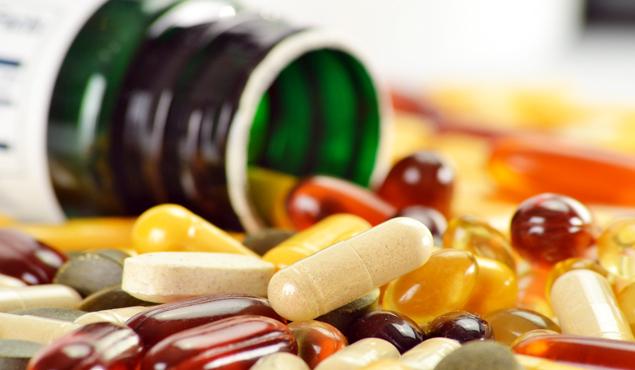Cycling and doping seem to be synonymous. Since the beginning of the sport, when it was much more brutal than it is today, drugs and other forms of cheating have been employed to give riders an edge. Most recently, Velonews published an article stating five riders in Costa Rica were ensnared in the doping net, with four of the riders on the same team. Given these were supposedly random tests, it would appear the doping authorities were tipped off that something fishy was going on down south. Also, it is disconcerting that so many riders on the same team were doping. Clearly, something programmatic was occurring.The arms race on performance-enhancing drugs in cycling is an interesting one. Believe it, nearly all the heroes throughout the ages doped. Cycling is a brutal sport, but the argument that television viewers want to see guys riding up mountains in their big chain rings doesn't hold any water. The competition is relative. If every rider were clean, the racing would be every bit as exciting as if ever rider were doped to the gills. Watching on TV, we have no perspective of the speed the riders are traveling. We want to see the effort etched upon their faces. We want to see that moment where one riders digs a little deeper into himself while another cracks. We want to see a victory well-earned.
A couple years ago, Stephen Roche ironically stated "We need zero tolerance for doping" and then going on to chide the idea of looking back in time, justifying his stance by pontificating about where does it all end. Do we need to put Merckx and Hinault and Polidour under the microscope? Funny how he, a documented client of notorious doping doctor Michele Ferrari, leaves himself out of that thought process.
Last year, Juan Pablo Villegas, a Colombian, did an interview and talked about the sorry state of cycling in his home country. When you look at the rapidly growing number of Colombians on top tier cycling teams compared to the past, some with aspirations of winning on the sport's biggest stage, it is challenging to not think something is amiss.
Then there is the inane case of Bobby Lea. Lea has experienced some national and world success on the velodrome. In December 2015, he was notified that he tested positive back in August during the Elite National Track Championships. He had been popped for oxycodone because he had taken Percocet. While at Nationals. Competing. Think about that for a moment. He offered up the lame excuse that "because it was late at night, and I was trying to sleep, I failed to check my prescribed medication against the prohibited list, an action I have correctly executed hundreds of times over the years." So, you're at one of the most important competitions of your career, have prescription meds and despite being very well versed on banned substances you fail to follow a protocol that you've enacted successfully "hundreds of times". Let me just call bullshit.
If you peruse the Doug Report, you will see a largely up-to-date list of riders that are currently under suspension. There are some athletes missing, but not too many (for example, Tom Danielson isn't reflected on the list yet).
Cycling still appears to be rife with doping. Maybe it's better than it used to be. Maybe the doctors, teams and athletes are just better at gaming the system and it's no better than it ever has been. I dunno. Here's what I do know. Every sport on the planet has its fair share of cheats and dopers. Cycling is neither unique nor is it the worst offender. Hell, even Curling beat out Cycling in terms of drug tests returned as positive. WTF?!? We want to believe that our heroes and heroines are clean, upstanding athletes who persevere through blood, sweat and tears. Some of them surely have; the majority have not.
When athletes like Lea get their bans reduced, what sort of message is that sending? When the likes of Contador and Valverde (and plenty of others) can compete while calling their bans into question, what kind of message is that? When US Track & Field sprinter Justin Gatlin comes back after an extended doping ban and is supposedly running clean, yet is running faster than when he was nearly a decade younger and full of PEDs. What's wrong with this picture? There are so, so many examples like this across the entire competitive landscape; all you gotta do is look.
The main problem is that the same coaches, teams and athletes who are being put under a microscope refuse to openly share their training and racing data in a contextual fashion. Full transparency is the only thing that will have a chance at eradicating cheating. Half-measures do more harm than good, because the public is smart and can see right through the veiled attempts at "transparency".
So, what's the punchline of all this? The Masters athlete arena is no less dirty than the pro ranks. It's pretty nauseating, actually. And, for what, a trophy? If you're reading this and you're cheating, stop. If you've ever thought about dipping your toe in the water with PEDs, don't. You're better than that.
Happy Training,
Coach Nate


 RSS Feed
RSS Feed